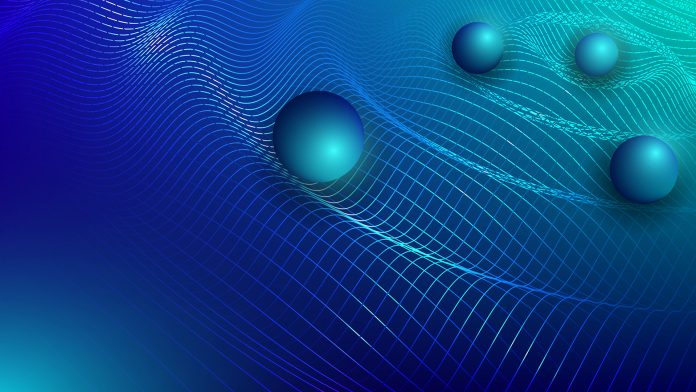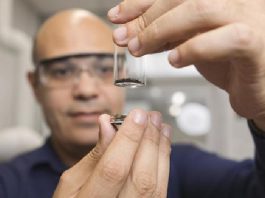A team of scientists have reaffirmed Albert Einstein’s General Theory of Relativity by demonstrating the existence of gravity between antimatter and Earth.
For decades, many scientists have pondered the relationship between antimatter and gravity due to the incomplete picture of the Universe’s gravitating content.
Now, researchers are close to solving the mystery of antimatter, with new research showing that within the precision of the team’s experiment, atoms of antihydrogen – a form of antimatter – fall to the Earth in the same way as regular matter.
The study, ‘Observation of the effect of gravity on the motion of antimatter,’ was published in the journal Nature by the ALPHA collaboration at CERN’s Antimatter Factory.
Antimatter versus matter
Matter is anything that takes up space and has a mass. It can be in the form of a solid, liquid, or gas. For example, air, rocks, and water are all matter.
Antimatter is the opposite of matter, comprised of particles that have the opposite electrical charge. Matter has electrons and antimatter has positrons.
Unlike matter, antimatter is difficult to find, despite both being created in equal amounts in the infancy of our Universe.
Studying the interactions between antimatter and gravity
Dr William Bertsche, Reader in the Accelerator Physics group at The University of Manchester and a Deputy Spokesperson for the collaboration, said: “Einstein’s General Theory of Relativity, which he introduced over a century ago, describes how gravity works. Until now, we weren’t entirely sure if this theory applied to antimatter. This experiment proves that it does, within the certainty levels of the results, and affirms one of the most celebrated scientific theories of all time.
“Understanding how gravity affects antimatter is crucial for both understanding mysteries surrounding both antimatter and gravity itself. The origin of the observed dominance of matter over antimatter in the Universe remains an unsettled challenge to existing theories, which we aim to understand through careful observation of the behaviour of antimatter relative to matter.
“For its own part, gravity remains ununified with other theories, such as quantum mechanics, and therefore having a broader palette of observations will help further our understanding of it.”
ALPHA spokesperson Jeffrey Hangst added: “In physics, you don’t really know something until you observe it. This is the first direct experiment to actually observe a gravitational effect on the motion of antimatter.
“It’s a milestone in the study of antimatter, which still mystifies us due to its apparent absence in the Universe.”
The team followed a proof-of-principle experiment
The team trapped groups of around 100 antihydrogen atoms, following a proof-of-principle experiment with the original ALPHA set-up in 2013.
They then slowly released the atoms over a period of 20 seconds.
Computer simulations predicted that for matter, this operation would result in around 20% of the atoms exiting through the top of the trap and 80% through the bottom. The difference in result is due to the downward force of gravity.
The ALPHA team discovered that the fractions of anti-atoms exiting through the top and bottom are in agreement with the predictions from the simulations. The results show that the relationship between antimatter and gravity is the same as the affect that gravity has on matter.
Hangst concluded: “It’s taken us 30 years to learn how to make this anti-atom, to hold on to it, and to control it well enough that we could actually drop it in a way that it would be sensitive to the force of gravity.
“The next step is to measure the acceleration as precisely as we can. We want to test whether matter and antimatter do indeed fall in the same way. Laser-cooling of antihydrogen atoms, which we first demonstrated in ALPHA-2 and will implement in ALPHA-g when we return to it in 2024, is expected to have a significant impact on the precision.”









